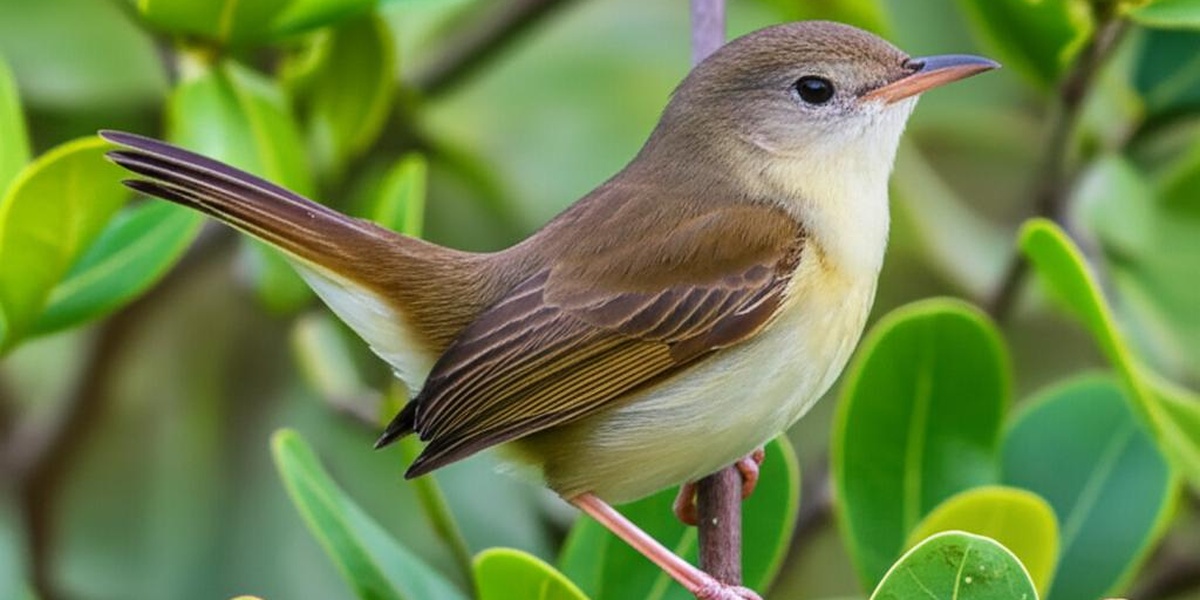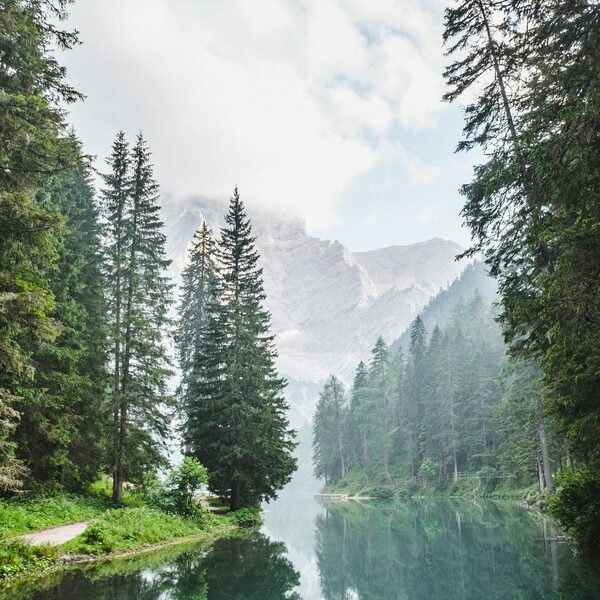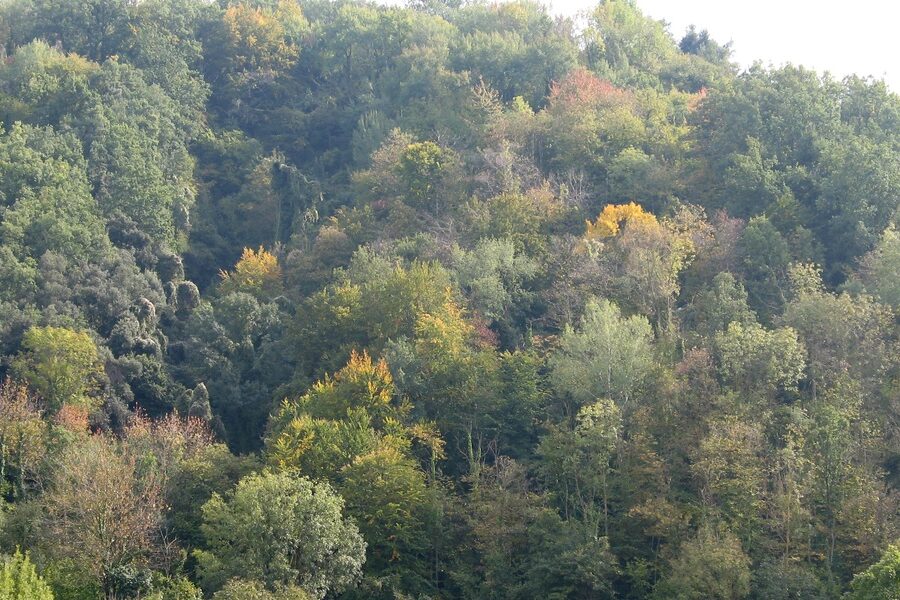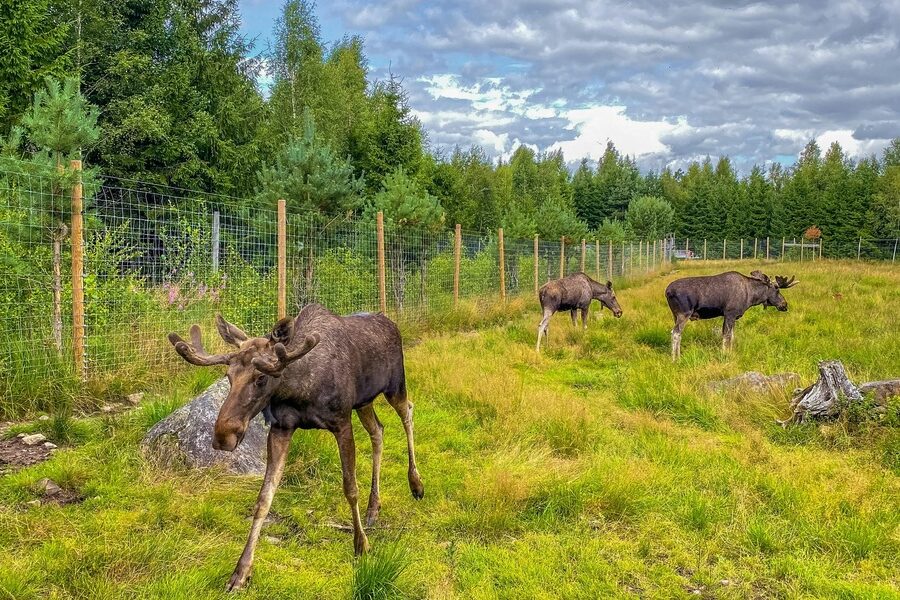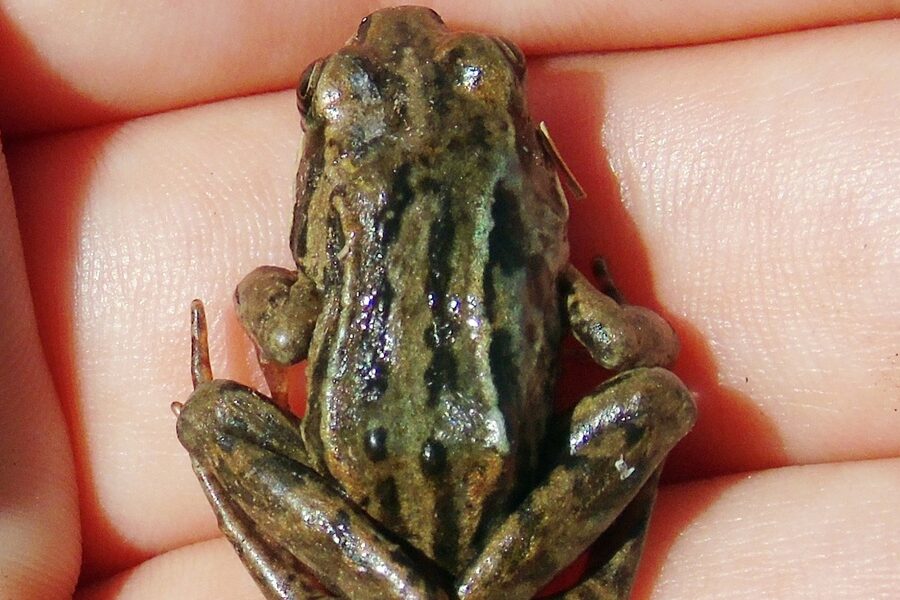Kiribati, an island nation scattered across the central Pacific, is a land of fascinating atolls and remote beauty. Its isolation and unique geography have shaped a distinct natural environment, often leading to species found nowhere else on Earth.
While many island nations boast a wide array of endemic flora and fauna, the specific conditions in Kiribati result in a more concentrated list of unique animal life. Here, we delve into the Animals Only Found in Kiribati, of which there are exactly two known species. Our list highlights these incredible creatures, from the Kiribati Weevil to the Kiritimati Reed Warbler, providing their Scientific Name, Primary Habitat, and Conservation Status for each, which you’ll find below.
Why are there so few unique animal species found exclusively in Kiribati?
Kiribati’s geological history and ecological conditions play a significant role. Many of its islands are low-lying coral atolls, offering fewer diverse habitats and resources compared to volcanic high islands, which typically support a greater variety of endemic life. Additionally, the long-distance dispersal required for colonization and subsequent isolation for speciation is a complex process, often resulting in a limited number of successful endemic radiations, particularly for larger animal groups.
Animals Only Found in Kiribati
| Animal Name | Scientific Name | Primary Habitat | Conservation Status |
|---|---|---|---|
| Kiritimati Reed Warbler | Acrocephalus aequinoctialis | Dense scrubland, coconut plantations, and mixed native woodland on coral atolls. | Vulnerable |
| Kiribati Weevil | Rhyncogonus kiribatiensis | Native forest leaf litter and low-lying vegetation on atolls. | Data Deficient |
Images and Descriptions
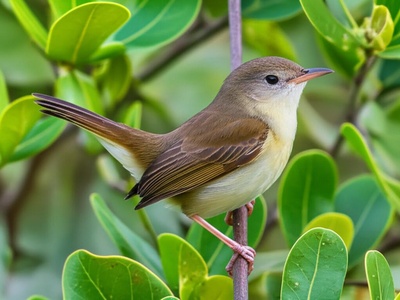
Kiritimati Reed Warbler
A small, plain brownish songbird, Kiribati’s only endemic land bird. It is known for its loud, melodious song and actively forages for insects in the low vegetation of its atoll home, a true survivor.
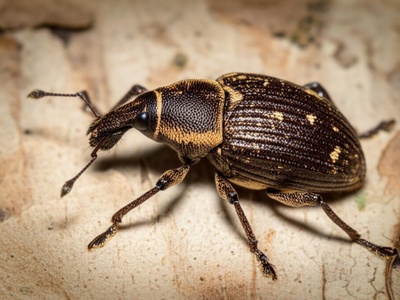
Kiribati Weevil
A small, flightless weevil representing Kiribati’s unique and poorly understood insect life. Like many island insects, its inability to fly makes it highly vulnerable to habitat changes and introduced predators.
